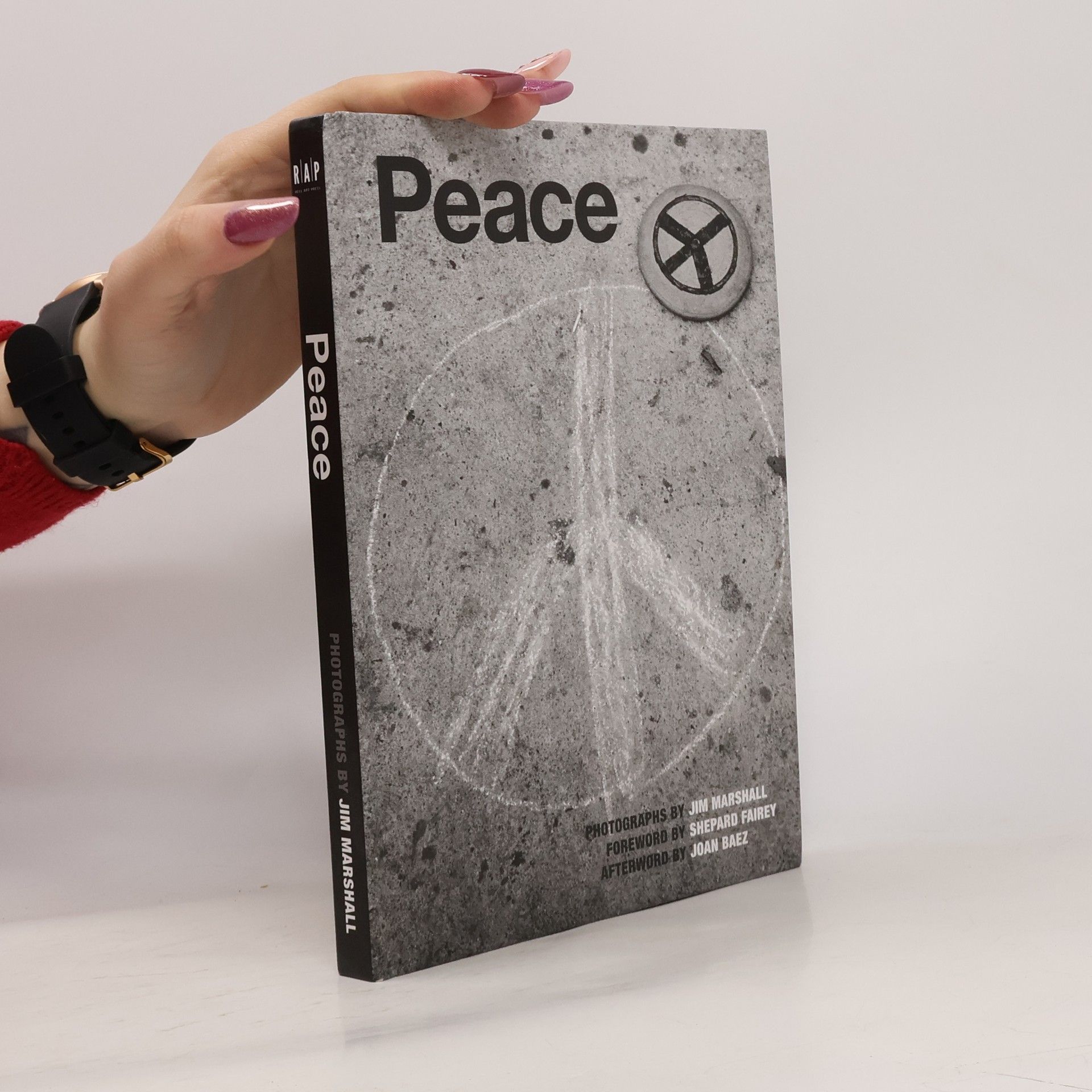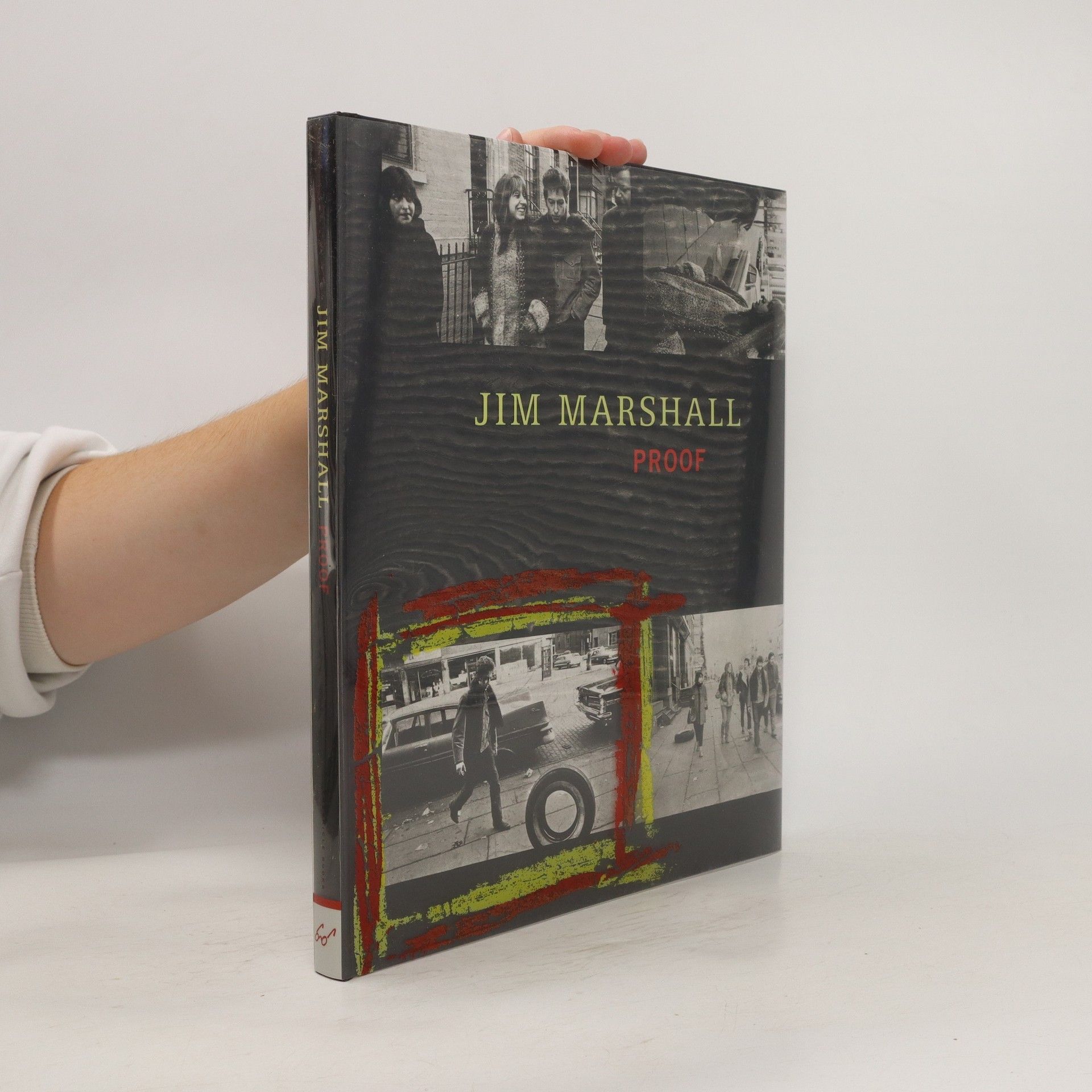The Beatles racing across Candlestick Park at the end of their final public performance; Johnny Cash pausing to give the camera a middle finger salute before playing for inmates in San Quentin; a weary Janis Joplin backstage, keeping a whiskey bottle company. Jim Marshall captured each of these iconic images with his camera. But what of the other shots taken during these legendary moments? For the first time, Marshall shares his contact sheets from the sittings, concerts, and sessions that surround his most famous pictures. Over sixty proof sheets are featured in their entirety, along with the final chosen hero shot on the facing page. This book sheds new light on Marshall's talents for revealing on film the essence of his subjects, from celebrated musicians, actors, writers, and performers, to everyday people from San Francisco to rural Appalachia. A rare glimpse into a great photographer's creative process, Proof provides a behind-the-scenes look at the making of some of the most preeminent images of our time.
Jim Marshall Livres






Set during the English Civil War, the narrative focuses on King Charles I's diminishing power as he becomes isolated in Oxford. The New Model Army, led by Generals Fairfax and Cromwell, effectively dismantles the disorganized and demoralized royal forces. The story captures the pivotal moments leading to the end of organized combat, highlighting the strategic prowess of the Parliament's army and the eventual downfall of royal authority.
A Time of Acceptance
- 228pages
- 8 heures de lecture
The aftermath of King Charles I's execution on January 30, 1649, sets the stage for the rise of his son, Charles II, who is embraced by Scotland as their new king. This pivotal moment marks a significant shift in power and loyalty during a tumultuous period in British history. The narrative explores the political and personal ramifications of these events, continuing from the previous volume, A Time of Confusion, and delving into the complexities of monarchy and governance in a fractured nation.
A Time of Confusion
- 280pages
- 10 heures de lecture
Set in the tumultuous years of 1648 and 1649, the narrative explores life in Bovey Tracey amidst the aftermath of the English Civil War. Inhabitants face relentless challenges, including harsh weather, crop failures, and illness, particularly a deadly outbreak of 'Winter Fever.' The execution of the king and the establishment of a Commonwealth mark significant political upheaval, yet the townsfolk remain focused on their daily struggles, highlighting the resilience of ordinary people during chaotic times.
Peace
- 128pages
- 5 heures de lecture
'Jim Marshall's photographs do not merely capture a momentous era in our collective history: they demonstrate what needs to be done, and what can be done, to ensure freedom for ourselves and those who follow us. As the sticker on the guitar case says: 'Peace is the only shelter.'' - Peter Doggett. Jim Marshall's unseen 'peace' photographs, collated and published here for the first time, are a timely document for our world today. Almost 60 years after the creation of the CND peace symbol, this body of work is a beautiful and thoughtful reflection from one of the most celebrated photographers of the twentieth century. It is introduced with a foreword by renowned street artist and graphic designer Shepard Fairey and text by Peter Doggett. Folk singer Joan Baez provides the book's afterword. Marshall saw himself as an anthropologist and a journalist, visually recording the changing times and explosion of creativity and celebrity in the 1960s. He loved street photography, and in between o
Mit über 70 Fotografien aus dem Jim-Marshall-Archiv bietet dieser Band einen umfassenden Überblick über Johnny Cashs legendäre Gefängniskonzerte in Folsom 1968 und San Quentin 1969. Cash hatte bereits seit seinem Hit „Folsom Prison Blues“ im Jahr 1955 den Wunsch, ein Live-Album in einem Gefängnis aufzunehmen. 1968 besuchte er eines der ältesten Hochsicherheitsgefängnisse Kaliforniens, um sein Album At Folsom Prison aufzunehmen. Jim Marshall, ein langjähriger Bekannter Cashs, wurde eingeladen, das Konzert zu dokumentieren, und erhielt unbegrenzten Zugang. Unterstützt von June Carter, Carl Perkins und den Tennessee Three spielte Cash zwei Shows in Folsom, die zu einem Hit wurden und Platz eins in den Country-Charts erreichten. Dieser Erfolg revitalisierte Cashs Karriere und führte 1969 zu einem Folgealbum, At San Quentin, für das Marshall erneut eingeladen wurde. San Quentin wurde Cashs erstes Album, das die Nummer Eins in den Pop-Charts erreichte, und beide Alben zählen zu den meistverkauften Live-Alben aller Zeiten. Marshall hielt die Leidenschaft und Intimität von Cashs Auftritten fest, von der Ankunft am Gefängnis bis zu den schweißtreibenden Auftritten.
Jim Marshalls bislang unveröffentlichte „Peace“-Fotografien, die hier erstmals zusammengestellt und publiziert werden, sind in der heutigen Welt relevanter denn je. Fast 60 Jahre nach der Schaffung des CND-Friedenssymbols stellt diese Auswahl einen sowohl ästhetisch ansprechenden als auch inhaltlich tiefgründigen Werkkomplex dar. Das Vorwort stammt von dem bekannten Straßenkünstler Shepard Fairey, während Peter Doggett den begleitenden Text verfasst hat. Joan Baez hat das Nachwort geschrieben. Marshalls Selbstverständnis als Anthropologe und Journalist prägte seine Arbeit, in der er die aufregenden Zeiten und die Explosion von Kreativität in den 1960er Jahren visuell festhielt. Besonders die Street Photography lag ihm am Herzen. Neben offiziellen Aufträgen dokumentierte er privat das CND-Friedenssymbol und die Abrüstungs-Demos, die er in seinem Archiv unter dem Titel „Peace“ aufbewahrte, bis sie nun veröffentlicht werden. Das CND-Symbol, 1958 von Gerald Holtom entworfen, fand seinen Weg von Großbritannien zur Anti-Kriegs-Bewegung in den USA. Marshalls Fotografien, die hauptsächlich zwischen 1961 und 1968 in Amerika entstanden, zeigen die Entwicklung des Symbols vom ursprünglichen „Weg mit der Bombe“ zu einem international anerkannten Zeichen des Friedens. Sie dokumentieren Graffiti in der New Yorker U-Bahn, Buttons von Hippies und Studenten sowie Friedens-Demos an der Westküste, die von Überzeugten organisiert wurden, die hoff